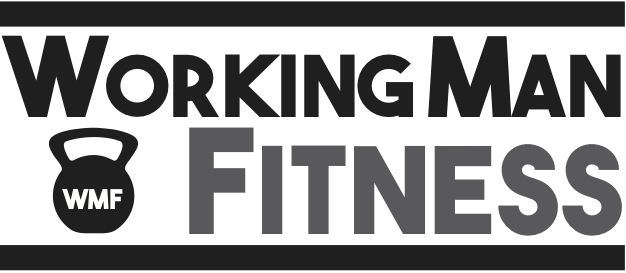The Chinese split is a challenging exercise that demands focus, consistency, pain tolerance, patience, and dedication.
My story with the Chinese split goes back to a night in 1994 where all night long I continued trying to achieve it. I didn’t, obviously. Intermittently since then, I’ve tried. My recent efforts have yielded the most fruit. I share with you the video below where you can see the process of working into the split.
Using the video as a conversation piece I want to point out a few things, share some stretching concepts, and tell you about the type of training (and duration of that training) that led to what you see in the video.
What is stretching?
The word stretching is a misnomer. You’re not really stretching your muscles—at least, you shouldn’t be. What you’re really doing is teaching your nervous system to relax your muscles. You’re saying, “Hey, central nervous system, it’s OK—I’m not going to hurt myself, please grant me more flexibility.”
The nervous system tightens the muscles in something called the stretch reflex. It’s a protective measure. For the splits, there is a lot of fear of ripping muscles, so that is why so much patience and effort is required to master them (assuming you weren’t able to do them since you were a small kid). Your task is to convince the nervous system it is safe to relax the muscles and allow more flexibility.
Convincing your nervous system can be as simple as talking to it. Yes, you can talk to your CNS to persuade it to grant more flexibility. It works. So do visualizations (e.g. imagining your legs as wet spaghetti noodles). These techniques are great, but the power technique is to flex your muscles and then actively relax them. How do you actively relax? You stop flexing the muscles and you breathe out passively—like a sigh of relief.
If you watch the video, you can see this relaxing process when I drop further into the split. This is a bit of an act of faith and muscle control. When you relax, you don’t want the stretch reflex to kick in because it’s counterproductive and it’ll make things more painful.
A benefit to this type of “stretching” is that you get stronger and gain muscle control. You also learn to link movement to breath which is an important skill overall.
So, back to the question, what is stretching? The answer we’re looking for is that it is re-educating the nervous system to prevent the stretch reflex from occurring, thereby increasing your flexibility—without altering your muscle length.
How I Trained for Splits
The familiar phrase—there are many roads which lead to Rome—is of course applicable here. Assuredly, there are other paths to take, I’m only describing the exercises that I did to get the results documented in the video above.
As it turns out, I only did two stretches. I spent about six months doing splits on the wall, allowing my legs to just naturally spread farther and farther apart, and then doing the split itself.
Here’s how it looked:
- First six months: 2 days/week – 5 minutes, splits on wall. Worked up to having 5 lb. ankle weights on my ankles to help with the stretch.
- Next six months: 2 days/week – 2 minutes, splits on floor, using contract/relax stretching.
As you can see, it’s not that complicated. It’s tedious though, and sometimes painful. Doing the splits on the wall before doing them on the floor helped teach me to relax and it seemed to prepare the entire area for the more grueling work of the contract/relax stretching. I wouldn’t skip it.
Holding the splits on the floor and timing the contracting and relaxing sequences is somewhat of a matter of preference. You can actually contract your muscles for so long and hard that you wear them out, and they are so tired that the stretch reflex—even if the nervous system sends the signal—doesn’t occur because the muscles are too tired to engage. This is obviously a more intense method. So intense that, were you to just do the splits for 2-3 minutes using this method, you would likely be sweating by the end.
My prefered method was to contract until it “felt right” and then relax. Eventually, you learn when you’re mentally/physically/spiritually ready to drop deeper and you time your relaxing in accordance to that rhythm, whatever it happens to be. Physical training is about digging deeper into your body and learning what you’re made of and what works for you—there are some things that the written word just can’t convey and you have to experience for yourself.
Bits of Advice
- For me, it was all about the shoes. I like to be able to move my feet, but I don’t want them to slip. Wrestling shoes worked really well for me. Barefoot and my feet would start to hurt before I could get progress in the split. So, the footwear was something I had to figure out.
- Varying the hand position is helpful. Occasionally put one hand behind you and push your hips forward. Sometimes take your hands off the ground and force your leg muscles to grow stronger and support you.
- Patience. Our culture expects immediate results. Trying to hurry the process will only make it take longer.
- Enjoy the practice. Approaching it like a sense of duty takes all the fun away.
I still can’t do the splits yet. But it’s the old saying about the journey and not the destination. Setting a hard goal and working to achieve it is its own reward.
